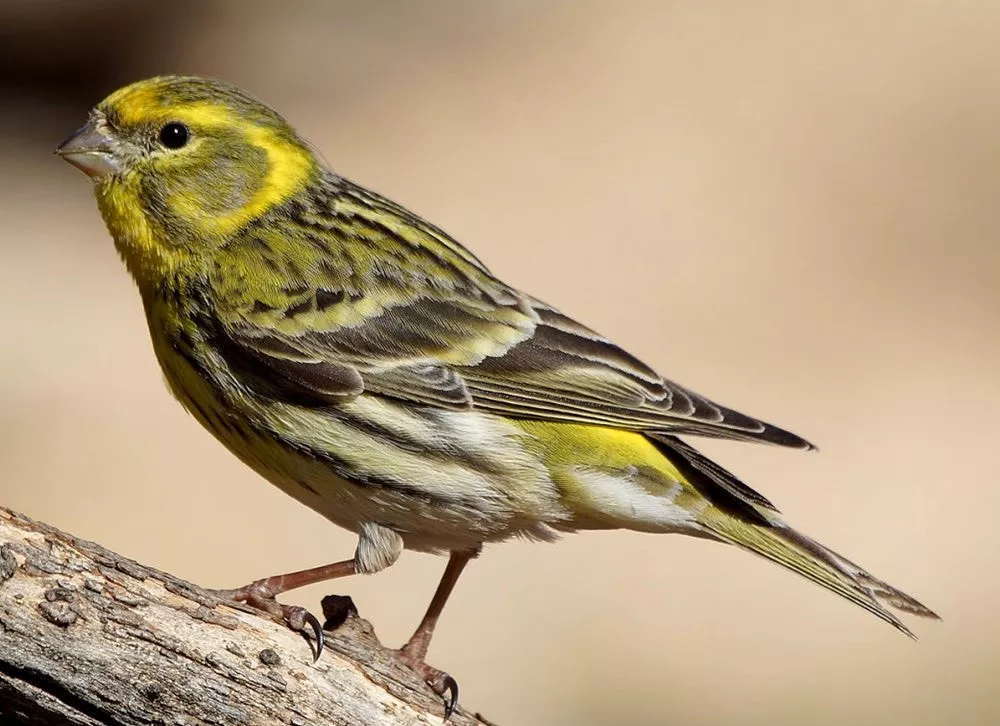The Atlantic canary (Serinus canaria), known worldwide simply as the wild canary and also called the island canary, common canary, or canary, is a small passerine bird belonging to the genus Serinus in the finch family, Fringillidae. Canary Islands, the Azores, and Madeira. Wild birds are mostly yellow-green, with brownish streaking on the back. The species is common in captivity and a number of color varieties have been bred.
What does an Atlantic canary look like?
The Atlantic canary can range from 10 to 12 cm (3.9 to 4.7 in) in length, with a wingspan of 21 to 23.7 cm (8.3 to 9.3 in) and a weight of 8.4 to 24.3 g (0.30 to 0.86 oz), with an average of around 15 g (0.53 oz). The male has a largely yellow-green head and underparts with a yellow forehead, face and supercilium. The lower belly and undertail-covers are whitish and there are some dark streaks on the sides. The The upperparts are grey-green with dark streaks and the rump is dull yellow. The female is similar to the male but duller with a greyer head and breast and less yellow underparts. Juvenile birds are largely brown with dark streaks.
It is about 10% larger, longer and less contrasted than its relative the European serin, and has more gray and brown in its plumage and relatively shorter wings.
What does Atlantic canary eat?
There are quite a lot of it in the place of production, no matter whether there is a place where there are woods, there will be its activities. Nests on twig boards. The food is almost all plants, including millet, millet, soybean flour, corn flour, steamed corn bread, dogtail millet, chopped vegetable leaves, etc.
Growth and reproduction
Atlantic canary usually starts to mate and reproduce in April and May every year, and the incubation period is 12 to 14 days. The chicks leave the nest after 30 days. After about four weeks, the young birds will be able to forage for food on their own and leave the mother bird.


 Facebook
Facebook  Instagram
Instagram  Youtube
Youtube 